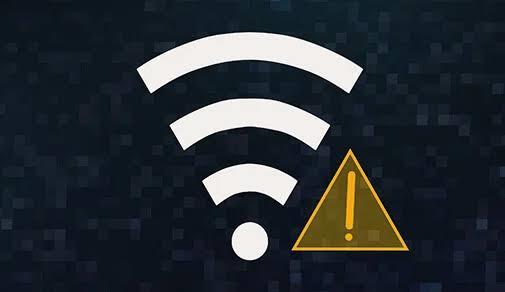Experiencing Wi-Fi connectivity issues on a mobile device or computer can be frustrating, especially when it disrupts your internet access. However, by following a systematic approach, you can troubleshoot and resolve these problems effectively. Here's a step-by-step guide on how to troubleshoot Wi-Fi connectivity issues:

1. Check Wi-Fi signal and range: Ensure that you are within range of the Wi-Fi router or access point. Try approaching the router to determine if the signal strength improves. Obstructions such as walls or large objects can weaken the Wi-Fi signal. If possible, try connecting to the Wi-Fi network from a different location to determine if the issue is related to signal strength.
2. Verify Wi-Fi network availability: Check if other devices can connect to the Wi-Fi network. If other devices are unable to connect as well, the problem may be with the Wi-Fi router or network itself. Restart the router by unplugging its power source, waiting for a few seconds, and plugging it back in. Allow the router to reboot and try connecting again.
3. Restart the mobile device or computer: Sometimes, a simple restart can resolve temporary glitches that may be affecting Wi-Fi connectivity. Restart your mobile device or computer and try connecting to the Wi-Fi network again.
4. Forget and reconnect to the Wi-Fi network: On your mobile device or computer, go to the Wi-Fi settings and forget the problematic network. Then, reconnect to the network by entering the correct password. This can aid in refreshing the connection and resolving any authentication problems.
5. Check Wi-Fi settings: Ensure that Wi-Fi is enabled on your mobile device or computer. On mobile devices, go to the settings and verify that the Wi-Fi toggle switch is turned on. On computers, check the system tray or the network settings to confirm that Wi-Fi is enabled.
6. Disable and re-enable Wi-Fi: Temporarily disable Wi-Fi on your mobile device or computer, wait for a few seconds, and then re-enable it. This can help refresh the Wi-Fi connection and resolve any minor issues.
7. Reset network settings: On mobile devices, you can try resetting the network settings to their default values. This will remove any saved Wi-Fi networks and their associated settings. Go to the settings, find the option to reset network settings, and confirm the action. Note that this will also remove other network-related settings such as Bluetooth pairings, so be prepared to reconfigure them.
8. Update Wi-Fi drivers: Outdated or faulty Wi-Fi drivers can cause connectivity issues. Visit the website of your device manufacturer or the Wi-Fi adapter manufacturer and download the latest drivers for your specific device. Install the updated drivers and restart your device.
9. Disable battery-saving mode: On mobile devices, battery-saving modes can limit Wi-Fi functionality to conserve power. Disable battery-saving mode temporarily to ensure that the Wi-Fi connection is not being restricted.
10. Connect to a different Wi-Fi network: If possible, try connecting to a different Wi-Fi network. This will help determine if the issue is specific to your home network or if it's a problem with the device itself. If you can connect to another network successfully, it indicates that the problem may lie with your home network configuration or router.
11. Contact your ISP or network administrator: If you have tried all the above steps and are still unable to resolve the Wi-Fi connectivity issues, it may be necessary to contact your internet service provider (ISP) or network administrator. They can help diagnose and troubleshoot any network-related problems.
Remember to adapt these steps according to the specific device and operating system you are using. Wi-Fi connectivity issues can vary, and the troubleshooting process may differ slightly. It's also advisable to keep your devices and Wi-Fi router firmware up to date to ensure optimal performance and compatibility.